The widely held image of American cowboys as rugged, white figures who tamed the Wild West is undergoing a transformation due to groundbreaking research conducted by the Florida Museum of Natural History.

Contrary to the Hollywood portrayals, this study has unearthed compelling evidence suggesting that the first cowboys in the Americas were far more diverse than previously believed, with most of them being enslaved individuals from Mexico and the Caribbean.
Before 1492, there were no cows in the Americas. It was only in the 16th century that these iconic animals, known scientifically as Bos taurus, were introduced to the New World. Christopher Columbus played a significant role in bringing cattle to the Caribbean, particularly on the island of Hispaniola, which encompasses modern-day Haiti and the Dominican Republic. The traditional narrative posits that the herds of cows that later multiplied and spread throughout the Americas were primarily descended from European stock, imported from the Spanish-controlled Canary Islands.
However, by analyzing the DNA of 21 cows discovered in Spanish sites in Mexico and Haiti, dating from the 16th to the 18th centuries, scientists have identified a significant departure from the established storyline. While seven of the early samples exhibited genetic connections to European cattle, one specimen found at a site known as Bellas Artes in Mexico has a lineage that can be traced directly to Africa. This suggests that African cattle arrived in the Americas in the early 17th century, challenging previous historical accounts.
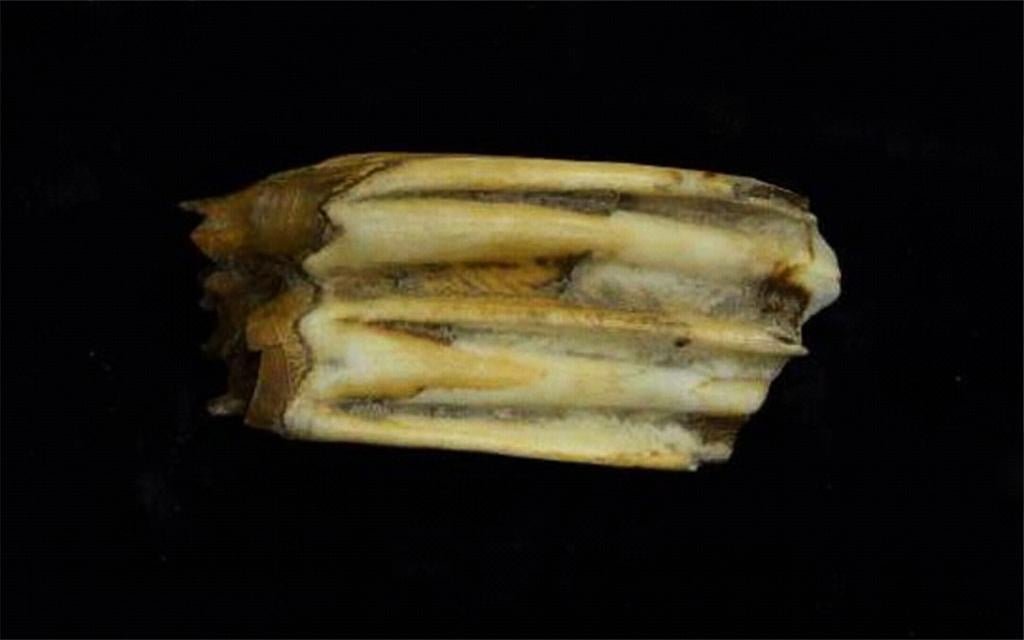
Nicolas Delsol, a postdoctoral zooarchaeology specialist and co-author of the study, states that this discovery supports the recent shift in the understanding of slavery history. It underscores the pivotal role played by African enslaved workers in the establishment of cattle ranching. This revelation is particularly significant, as it predates the first recorded instances of African cattle being brought to the Americas by over a century.
As cattle ranching flourished during the 16th century in the Americas, a growing need for skilled ranchers emerged. The Indigenous populations, who had no prior experience with cattle or other European domesticated animals, were not equipped for this task. Historical records indicate that slave traders turned to West Africa to abduct people who possessed knowledge of cattle herding. It’s possible that both cattle and enslaved individuals were taken together, establishing an inseparable link between African herders and cattle in the New World.
Delsol and his colleagues write, “The question of the potential African origin of some colonial cattle is of immense historical significance and has deep social and cultural ramifications, particularly when considering the central role played by African workers in setting up the ranching industry in the colonial Americas.” These findings align with the known aspects of the early Spanish Empire’s organization, the timing of the African slave trade, and the specialized knowledge of enslaved workers in cattle management.
Furthermore, this research contributes to a broader understanding of how European animals and crops transformed ecosystems in the New World. It bridges the historical gap between African and European cattle imports, revealing a fascinating story of globalization. The knowledge that African cattle likely arrived in the Americas much earlier than previously thought challenges the conventional narrative of American cattle herding and the origins of the iconic figure of the cowboy.
The study is published in the journal Scientific Reports.



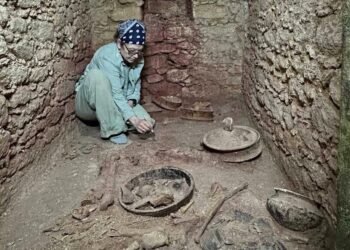
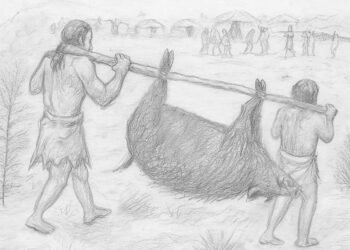
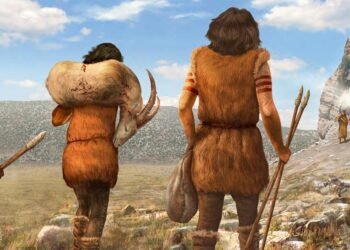


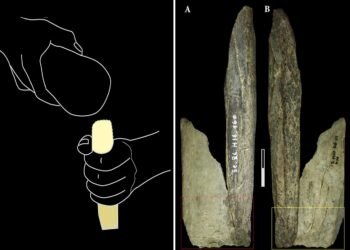
















I am sorry but this claim that the first cowboys were African is another example of taking inclusion to the extreme and excluding others by means of trying to be inclusive. Honoring black contributions is the right thing to do when the evidence supports this. However, this idea that cattle ranching and the cowboy culture emerged in the 17th century is absurd. Hispaniola was the center of cattle ranching in the early to mid 1500s. Many of the early mestizos were born on the estancias and it was in the emerging early Hispaniola where the first American Cowboy culture emerged. The very first free people that began to roam the hills in the emergent cattle country of Hispaniola would have been the children of Tainos and Spaniards. In fact the use of Taino term iBarbacoa is where we get the term Barbecue. These first generation Mestizos would have had access to horses and the main industry of the Island for a free person would have been cattle ranching. These first generation Mestizos born on Hispaniola also witnessed the increased Africanization of the Island and by the mid 1500s one could characterize the culture of Hispaniola as tricultural Mestizo being Spanish Indian and African. The first generation Mestizos were granted freedom from being part of the Encomienda labor in 1514. This early recognition of this particular demographic would have made these Mestizos the actual neotropic indigenous people who would be able to carry on some of the vestiges of indigenous culture. They were in a perfect place to work in the emerging ranch economy.. They were even viewed as a threat and there were concerns that they might invite natives and Africans to revolt. In fact, when Enriquillo rebelled in 1533, some Mestizos had joined the rebellion. It is true that some of these first generation Mestizos also partook of the conquest of Cuba and later of Mexico. There were a few that were taken to Spain and essentially given a quasi Spanish identity. However the vast majority were likely fatherless, living as freemen, and suffering from Trauma from the Tainos demographic decline. These people would have been driven to cattle ranching because that was the mainstay of the island. One commentator wrote “they are born on the estancias (ranches)”
That makes sense to me too 🙏🏿👍🏾thanks Joe